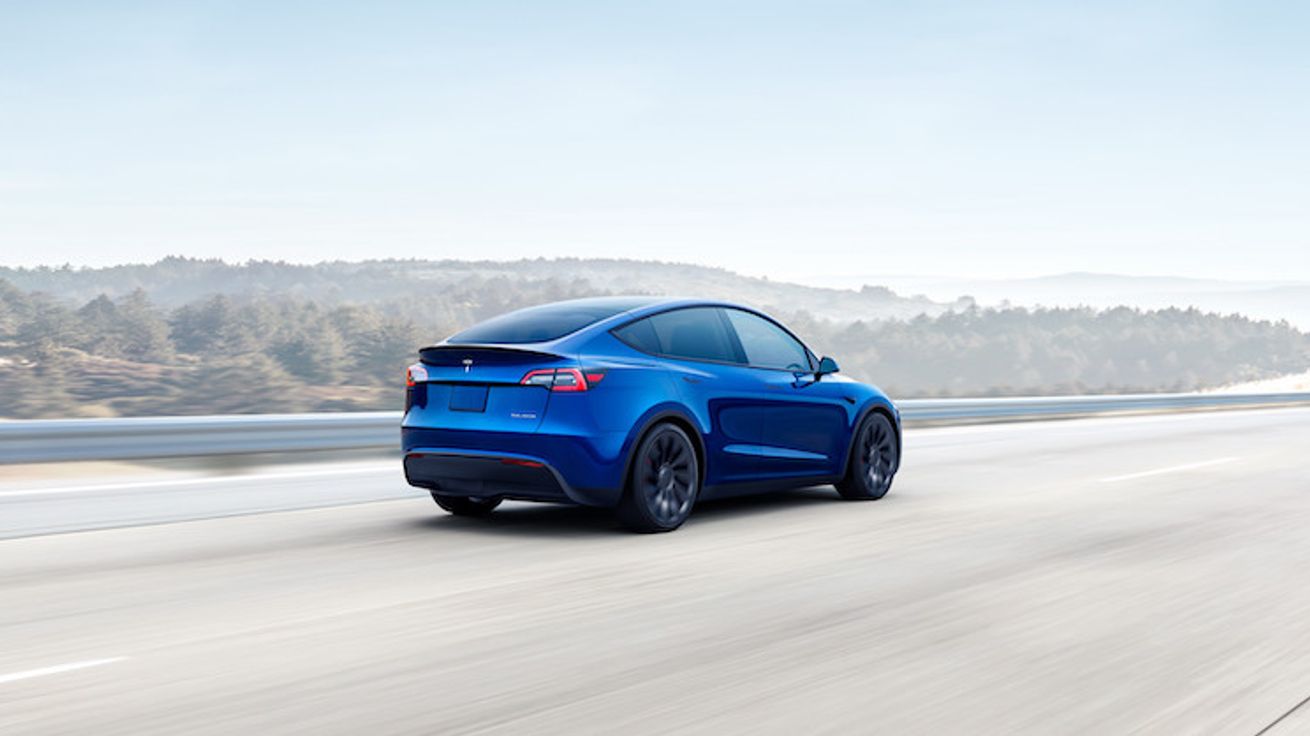2/14/2025
Sources

Kevin Favro
4/21/2023
Thinking about buying an EV? Learn about all the EVs that still qualify for up to $7500 in EV tax credits today.

Peter Glenn

Note: This EV tax credit post was updated on updated 1/24/2024 to reflect the latest policy updates from The Treasury Department and to add Volkswagen and Rivian's EV tax credit eligibility .
Are you thinking about buying an electric car soon?
The U.S. Department of the Treasury just published new rules that reduce the number of EVs that qualify initially. However, there are still some great electric vehicles that qualify.
The Inflation Reduction Act of 2022 renewed and expanded funding for the federal EV tax credit through 2032 for qualified drivers looking to purchase an electric vehicle. Applicants can receive a tax credit of up to $7,500 as an upfront discount at point-of-purchase.
Candidates for the federal EV tax credit are subject to complex qualification requirements regarding the suggested retail price (MSRP), household income, vehicle manufacturing, and sourcing of battery materials that will affect how much of the tax credit they are eligible to receive.
Starting in January 2024, electric vehicle purchasers will no longer need to wait until the subsequent tax season to receive their credit. Instead, drivers will have the option to apply the tax credit at the time of the vehicle purchase in the form of a rebate that essentially acts as a discount on the dealership’s sticker price. Here’s how it works:
These new guidelines simplify the process for drivers, providing an immediate financial incentive at the point of sale and making dealers, not individuals, collect the tax credit from the IRS.
When the new requirements took effect on January 1, 2024, the list of eligible vehicles got quite a bit shorter. Here is a list of vehicles that still make the cut:
Vehicle | Tax Credit Amount | Additional Incentives |
|---|---|---|
$7,500 | ||
$7,500 | ||
$7,500 | ||
$7,500 | ||
$3,750 | ||
$3,750 | ||
$3,750 | ||
$3,750 | ||
$3,750 | ||
$7,500 | ||
$7,500 | ||
$7,500 | ||
$7,500 | ||
$7,500 | ||
$7,500 |
EVs that still qualify for EV Tax Credits
Source: Fueleconomy.gov updated 1/24/2024
If an electric vehicle meets the North American vehicle manufacturing requirements, the value of the EV tax credit is determined by two battery requirements:
In the long term, the EV tax credit promises to accelerate EV affordability for millions of Americans. Although EV tax credits have just decreased dramatically, more vehicles will qualify for EV tax credits as automakers move vehicle manufacturing and battery sourcing onshore to meet new policies designed to create more clean energy jobs in North America.
If you decide on an electric vehicle that qualifies for an EV tax credit, you also need to meet new IRS rules for Adjusted Gross Income (AGI) limits. If you exceed these income limits, you will not qualify for an EV tax credit:
If your Adjusted Gross Income exceeds these requirements, you might consider leasing. A leasing company can receive an EV tax credit and may incorporate up to $7,500 in tax credit savings into your leasing package.
While federal EV tax credits may be less valuable and more confusing for the next couple of years, all is not lost. EV rebates and tax credits from your state remain a steady constant. State incentives apply to a wider range of EVs and PHEVs (plug-in hybrids) and do not have the limiting manufacturing requirements of the federal EV tax credit.
Here’s a list of states that offer generous rebates & tax credits:
Want to see what state and local EV incentives you qualify for?
Try EV Life’s Savings Calculator
When you apply for the EV Climate Loan with EV Life, we help you:
Don’t navigate the complex and ever-shifting EV incentive process alone. Financing with EV Life guarantees the best prices and the lowest rates on your EV, saving the planet while saving your pocketbook.
Get pre-qualified today to find out how much you could save on your electric vehicle.
2/14/2025

Kevin Favro
9/13/2024
Discover how the shift to direct-to-consumer auto lending, driven by EV sales and digital trends, is reshaping the auto finance landscape and how lenders can future-proof their strategy.

Kevin Egolf
7/18/2024
With auto market share declining, developing a comprehensive EV strategy could be the secret for credit unions to win it back.

Peter Glenn